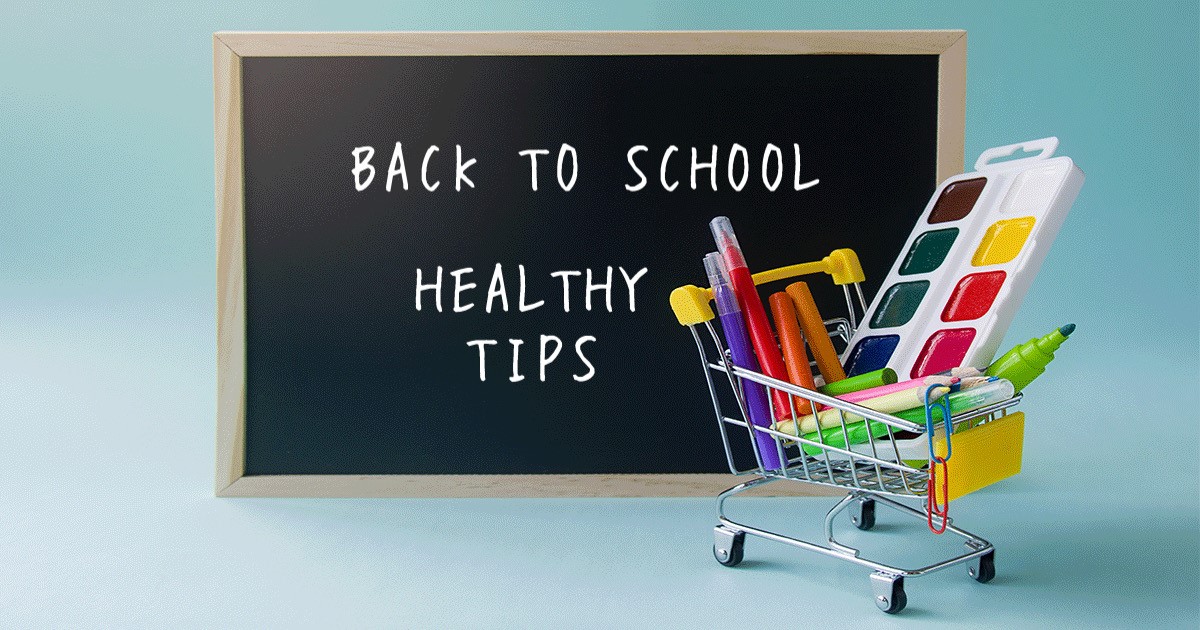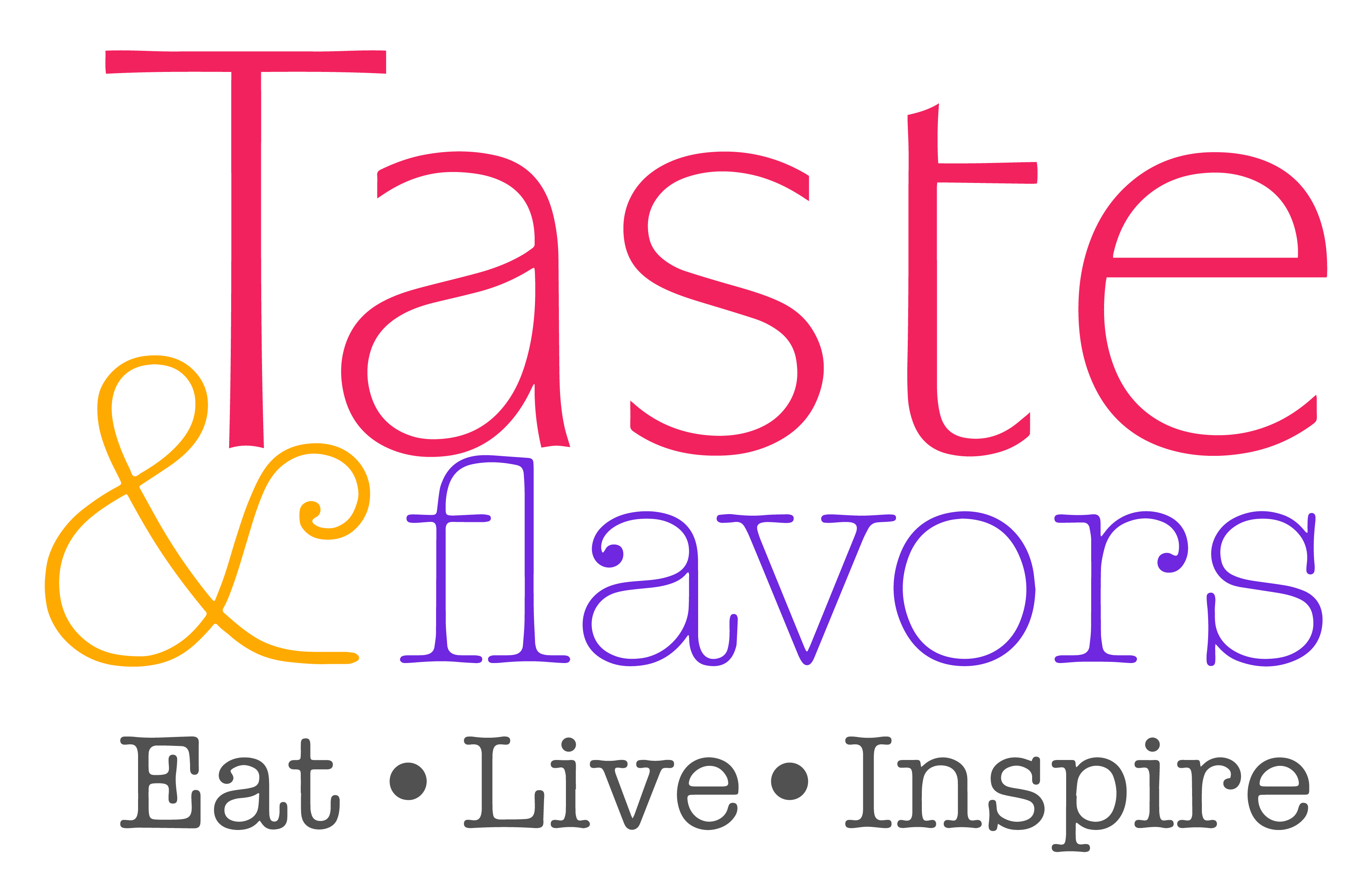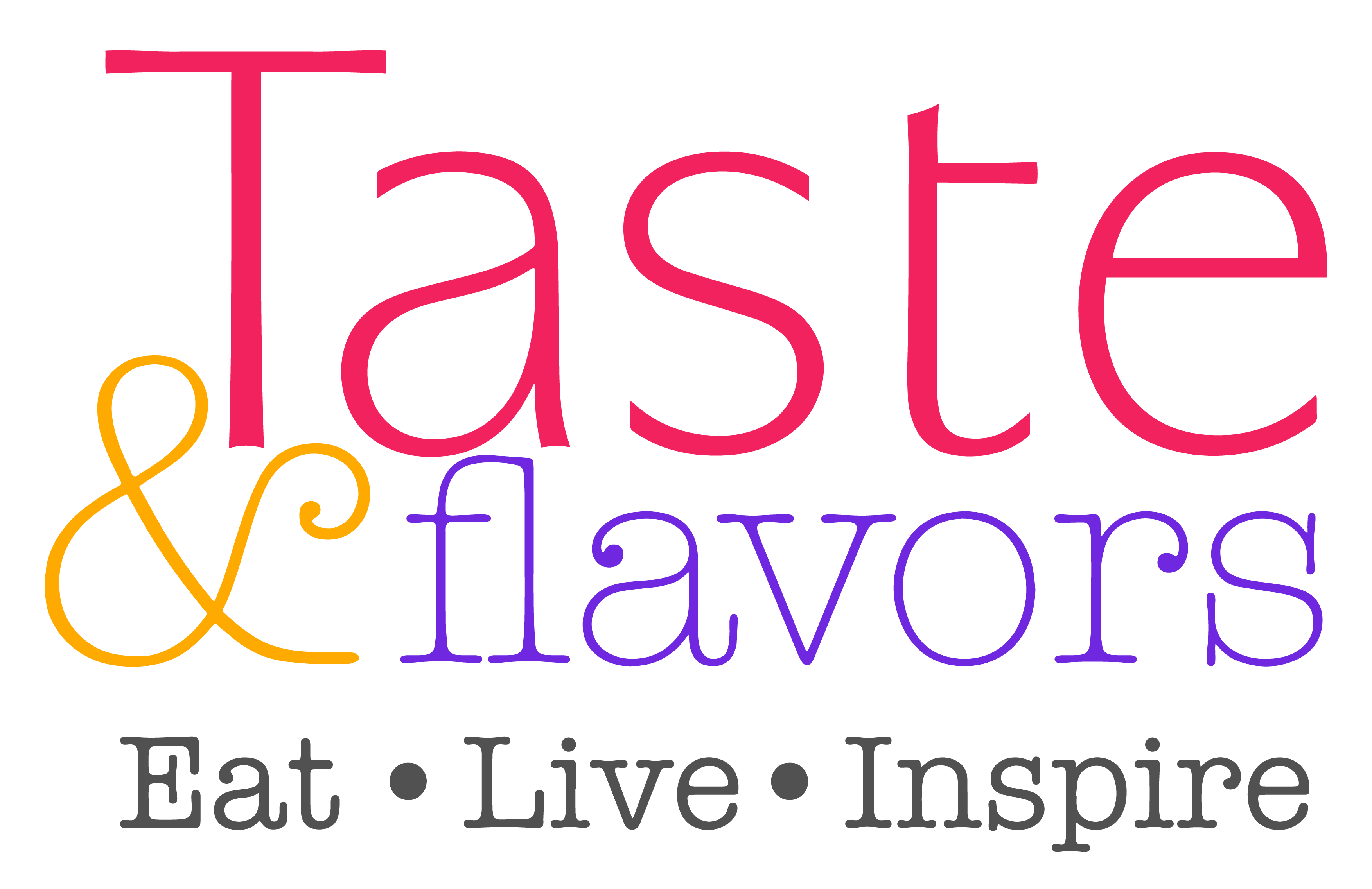BACK TO SCHOOL HEALTHY TIPS
BY DIETITIAN NICOLE MAFTOUM @EATLIKENICOLE

GET YOUR KIDS BACK TO SCHOOL EATING HEALTHY
BREAKFAST
Many studies have shown that essential nutrients missed at breakfast cannot be compensated at other meals during the day. Breakfast is the most important meal of the day! It prevents you from overeating the entire day, improves your concentration, gives you more strength to engage in any physical activity.
Breakfast skippers eat twice as breakfast eaters and thus end up consuming more calories, more saturated fats and develop higher levels of cholesterol. Also, skipping breakfast is the root cause of the slowdown of their metabolic rate and the drop in their blood sugar levels which makes them feel hungrier, have less energy and leads to eat bigger portions during lunch and dinner.
Breakfast eaters are likely to achieve higher grades, concentrate and participate more in class than breakfast skippers.
A BOWL OF WHOLEGRAIN CEREALS WITH A GLASS OF MILK EATEN BEFORE GOING TO SCHOOL!
Mixing half a portion of whole grain cereals (Bran flakes or All Bran) with other chocolate cereals that kids usually enjoy eating is a smart way to increase the fiber intake that makes them feel full longer and facilitate their digestion.
Kids who usually dislike the taste of milk must either try to drink it in their favorite colorful glass or they can try to mix it with:
- A spoonful of cocoa
- A spoonful of natural strawberry syrup
- A banana/ an apple or any fruit in a blender to produce a milkshake.
A glass of milk or yogurt in the morning helps increase satiety and thus decreases the caloric intake by 9% at the next meal. A cup of milk contains 9 essential nutrients: Calcium, Vitamin D, Phosphorus, Riboflavin, Proteins, Vitamin B12, Vitamin A, Niacin and Potassium.
GOOD TO KNOW: Getting enough calcium from childhood through adulthood helps build bones up and thus helps slow the loss of bones as we age.
TARTINE GOURMANDE
The choice of bread of the sandwich is a very important step since it contains the ¾ of the nutrients and calories of the sandwich:
- Pain au Lait: Could be used once per week because its caloric intake is high when compared to other breads.
- Baguette: Is not always recommended as it will harden quickly and bring no pleasure while being eaten.
- Arabic bread: Is the Best alternative! For the same amount of French bread in grams, Arabic bread makes one feel full for a longer period of time… Weigh 25 g of French bread and 25 g of Arabic bread to visually see the difference!
- Pain de mie: Could be used twice per week for spreads such as jam that usually harden Arabic bread.
White, brown or wholegrain?
Whole grains are one of the easiest ways to add a layer of health insurance to your life. Wholegrains = proteins + fiber+ B-vitamins+ antioxidants+ trace minerals (Iron, Zinc, Copper, Magnesium).
The sandwich fillings:
. Opt for fresh natural cheeses that don’t contain additives and that is not considered a processed cheese.
. Limit the consumption of processed meats (ham, turkey) to twice a week since it contains a lot of salt and two compounds (nitrites and amines) which cause an increased risk of formation of nitrosamines, which are potentially cancer genic. Mortadelle, Hot Dogs and Salami contain high amounts of fat and calories without being nutritious!
. Replace mayonnaise with mustard or 1/8 of an avocado.
. Replace chocolate spreads with jam; jam is very low in fat and calories but gives as much sweetness!
. Snacks should include a seasonal fruit which could be replaced by a fresh fruit juice bought at the cafeteria (upon availability).Bottled fruit juices with high amounts of sugar and flavors must be avoided as much as carbonated beverages must be also avoided.
SNACKS
.2-3 portions of fruits: Fruits are fully packed with vitamins and minerals; they can be consumed as a first snack between breakfast and lunch. They are a great source of antioxidants needed for a stronger immune system and a better performance at school.
.23 pieces of almonds: Keep in mind that almonds contain 9 essential nutrients, have the highest rate of proteins when compared to other nuts, have the highest rate of fiber (3.5g per 23 pieces) when compared to other nuts, are rich in Vitamin E (23 pieces provide 35% of the Daily Value of Vitamin E) and contain monounsaturated fats that help increase HDL levels.
.14 pieces of walnuts: Walnuts have the highest Omega3 content when compared to other nuts! 14 pieces of walnuts provide 90% of the Daily recommended intake of Omega3. They are also rich in proteins, fiber and contain magnesium, phosphorus and Vitamin E. Snacking on walnuts before an important exam helps improve the memory and increase the focus
.28 pieces of peanuts: Peanuts have been shown to help increase satiety and control blood sugar They are an excellent source of vitamin and an excellent source of resveratrol, another polyphenolic antioxidant.They are packed with many important B-complex groups of vitamins such as riboflavin, niacin, thiamin, pantothenic acid, vitamin B-6, and folates. 100 g of peanuts provide about 85% of RDI of niacin, which contribute to brain health and blood flow to brain.
.30g of dark chocolate: Chocolate comes from the cacao plant, which is rich in flavanols, a type of flavonoid phytochemical that works as an antioxidant. Consuming dark chocolate in moderation and regularly May Decrease Blood Pressure and Increase Insulin Sensitivity.
.Whole wheat or oatmeal cereal bar: Whole grains are one of the easiest ways to add a layer of health insurance to your life. They are rich in proteins, fiber, B-vitamins, antioxidants, trace minerals (Iron, Zinc, Copper, Magnesium).They have been shown to reduce the risk of heart disease , type 2 diabetes, Obesity, Some forms of cancer and to always improve bowel health when consumed regularly within a healthy balanced diet plan!
.A handful of Cherry tomatoes + 2 tablespoons of a dip made of crushed white beans + pesto sauce: Beans are a very good source of Manganese, Iron, thiamin (Vitamin B1), folic acid and proteins. They are also an excellent source of fiber that make you feel full for a longer period of time and reduce the amount of Cholesterol in your blood as well as Glucose levels.
.2 Carrots + 2 tbsp of hummus: Chickpeas are a good source of manganese, copper, folic acid, calcium, iron and are an important source of proteins and fiber. Chickpeas’s high fiber content prevents blood sugar levels from rising too rapidly !Chickpeas provide saponins; a plant chemical that has been shown to control cholesterol by preventing its absorption and increasing its excretion. It also neutralizes enzymes in the intestines that may cause cancer. And, may boost the immune system and promote wound healing!
.Frozen banana: A great substitute to ice cream that’s rich in sugar and fat. A medium sized banana contains the needed amount of glucose by the brain to perform at its best: 25g!
.3 slices of turkey + 2 rye crackers with sunflower seeds: Turkey slices are rich in proteins and low in fat. Whole grains are one of the easiest ways to add a layer of health insurance to your life. They are rich in proteins, fiber, B-vitamins, antioxidants, trace minerals (Iron, Zinc, Copper, Magnesium).They have been shown to reduce the risk of heart disease , type 2 diabetes, obesity, some forms of cancer and to always improve bowel health when consumed regularly within a healthy balanced diet plan!
And also: 30 frozen grapes or/30 Hummus Chips or/20 Quinoa Chips or / 31 Lentils Chips or/ 12 Black beans Chips or/Chocolate drizzled popcorn to replace a chocolate bar or/Choco dipped fruits.
HEALTHY TIPS
For fussy eaters
- Use cookie cutters to shape veggies, bread, cheeses and turkey differently.
- Use a star-shaped cutter to stamp out six bread stars from the whole meal bread.
- Swirl pesto through the labneh and spread onto both sides of the stars. Close, wrap in cling film and chill in the fridge if making the night before.
- Include different colors of veggies in the lunchbox (yellow peppers, red peppers, celery sticks, etc.).
Apples and browning
To keep apples from browning once sliced toss them in lemon juice and place them in a zip lock bag with all the air squeezed out. Use a spiralizer to get spaghetti shaped like apple. Mix it with cinnamon, lemon juice, ½ tsp of brown sugar and 4 crushed walnuts and serve it as a snack.
Swap the juice with a fruit
Sugary drinks and liquid calories need to be omitted from kid’s diet plans. They include bottled juices where the first or second ingredient listed is sugar and carbonated beverages. They provide empty calories as they are void from nutrients and loaded with sugar and calories. Swap the juice for the whole fruit. One glass of freshly squeezed juice equals two portions of fruits. The fruit is rich in fiber and its high water content helps to keep the calories low.
Replace commercial chocolate spreads
If you take a couple of seconds to read the list of ingredients of any commercial chocolate spread you will realize that it is purely made of a huge quantity of sugar to which a lot of palm oil has been added and colored with a bit of cocoa. Try preparing a healthier spread at home by blending 200g of almonds until you get a butter like texture then mix with 40g melted dark chocolate, 1-2 tsp pure cocoa and a tablespoon of two of honey.
Keeping the lunchbox cool
Freeze an extra bottle of water overnight to work as a cooler or just soak a sponge in water, place it in a zip lock and freeze it. These two tricks will help you keep your child’s lunchbox cool.
Veggies and fruits haters
Mix their favorite grated hard cheese with grated fruits (such as apples) or veggies (such as carrots, red cabbage, etc.), add a squeeze of lemon and a tablespoon of mashed avocado and wrap it in a whole wheat roll.
For a personalized calorie intake of each child and for a better distribution of meals consult a dietitian.
ARTICLE YOU MIGHT LIKE |





